How Your Favorite Big-box Stores Could Shape the Future of EVs
As the push for electric vehicles (EVs) gains momentum, with aims to significantly increase their sales by 2030, the spotlight turns to the availability of public charging stations—a critical factor for current and prospective EV owners. A recent analysis done by Consumer Reports sheds light on the involvement of big-box retailers, such as Ikea, Costco, Target, and Walmart, in contributing to the expansion of the EV charging network, highlighting both strides made and opportunities for growth.
Charging Stations: A Scarce Resource in Big-Box Retail Lots
Despite the vast parking facilities of big-box retailers, which seem ideal for hosting EV chargers, the current provision is notably sparse. For instance, a notable Swedish furniture retailer in Brooklyn offers a mere four chargers across its extensive parking lot. This scenario mirrors a broader trend across the United States, where the installation of public chargers lags behind the projected needs to support the increasing EV market.
Consumer concerns around the availability of charging stations, underscored by a national survey, accentuate the necessity for a more robust infrastructure. The survey reveals charging logistics and scarcity as significant hurdles for EV owners, amplifying the call for private sector engagement, particularly from retail giants, to bolster the charging network.
Disparities in Retailer Contributions to EV Charging
An investigative study reveals a mixed landscape of EV charging availability across various retailers. While some, like the mentioned Swedish furniture chain, have taken commendable steps by offering charging at nearly all their locations, others lag behind, with a fraction of their stores equipped with charging stations. This uneven distribution underscores a broader challenge in meeting the demand for accessible charging options, despite the apparent benefits of integrating chargers into retail parking lots for enhancing customer experience and supporting environmental goals.
Incentives and Obstacles in EV Charger Installation
The journey towards an expansive EV charging network is fraught with both incentives and barriers. On one hand, retailers recognize the business value of installing chargers, evidenced by increased shopping duration and customer loyalty. On the other, logistical hurdles, property ownership constraints, and competitive pressures from utility-owned charging stations pose significant challenges.
Nevertheless, financial incentives provided by the government under the Inflation Reduction Act, alongside targeted funds for charger installation in underserved areas, present a promising avenue for overcoming some financial barriers. These efforts, coupled with consumer advocacy for more chargers, underscore a collective movement towards a sustainable automotive future.
Towards a Greener Horizon
The road to a fully realized EV charging infrastructure is long and complex, requiring concerted efforts from both the private sector and government. As retailers weigh the benefits against the challenges of installing more EV chargers, the evolving landscape of consumer demand, policy incentives, and technological advancements plays a crucial role in shaping the future of electric mobility.
In advocating for an expanded charging network, consumers play a pivotal role in signaling their preferences to retailers, potentially accelerating the transition towards a greener, more sustainable transportation ecosystem. As this transition unfolds, the commitment of retail giants to augment the charging infrastructure will be crucial in supporting the shift to electric vehicles, reflecting a broader effort to address environmental challenges and foster sustainable living practices.
Become an AutoGuide insider. Get the latest from the automotive world first by subscribing to our newsletter here.
This article was co-written using AI and was then heavily edited and optimized by our editorial team.
More by AutoGuide.com Staff



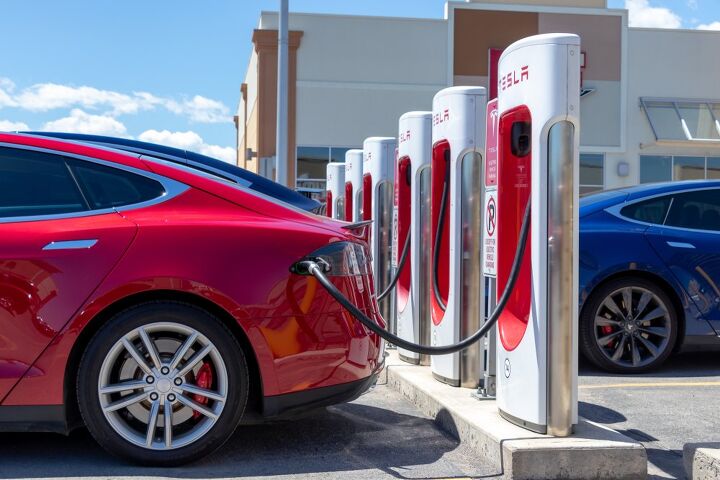











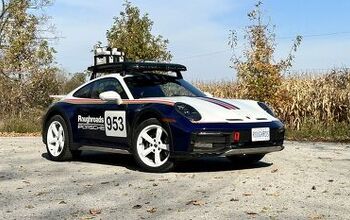
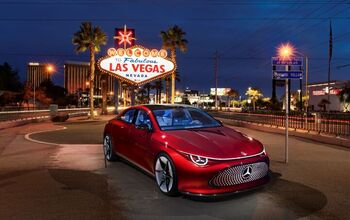

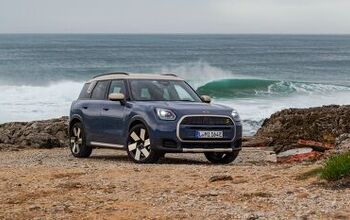












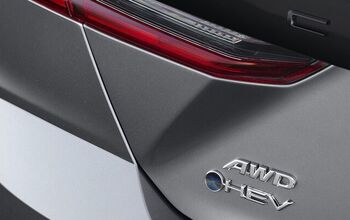
Comments
Join the conversation